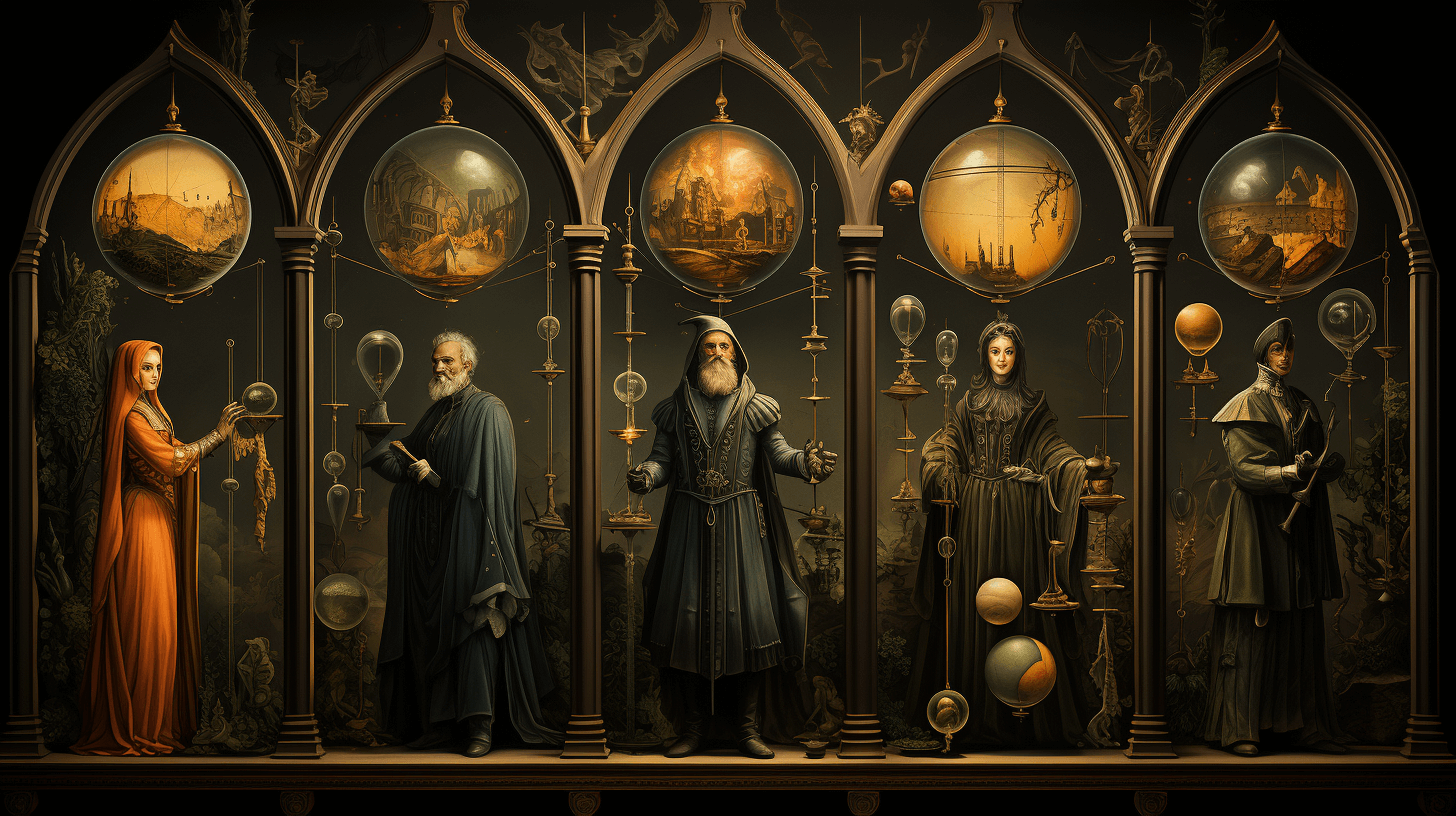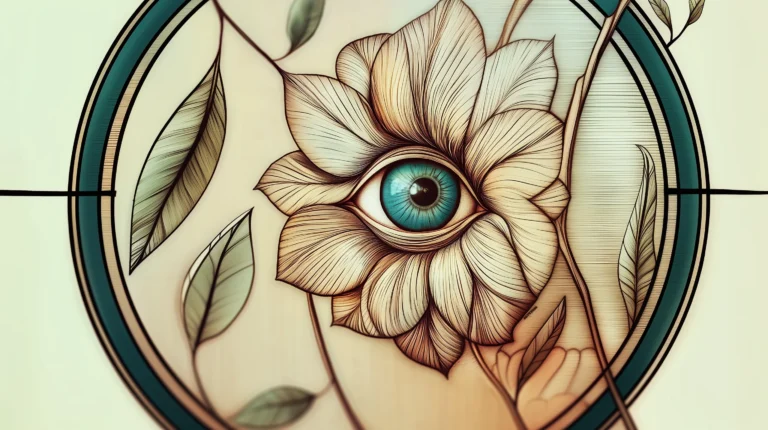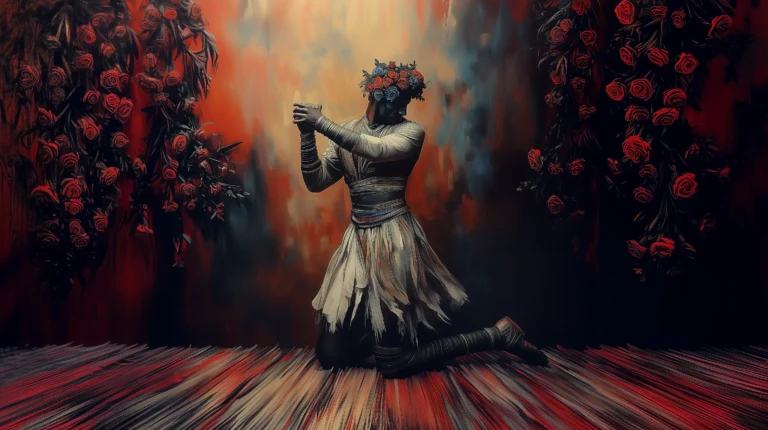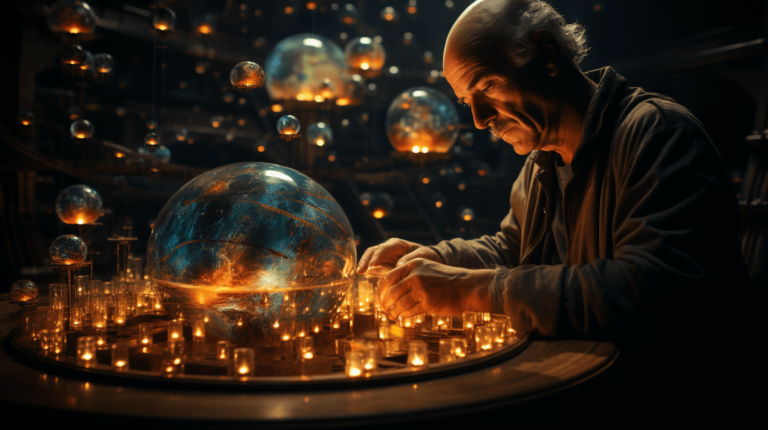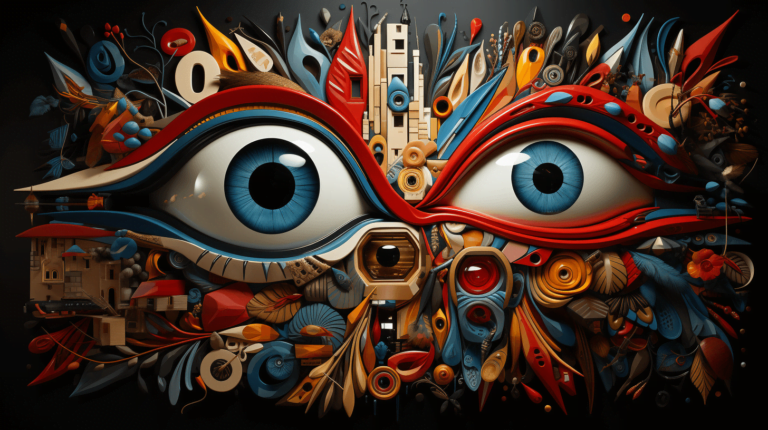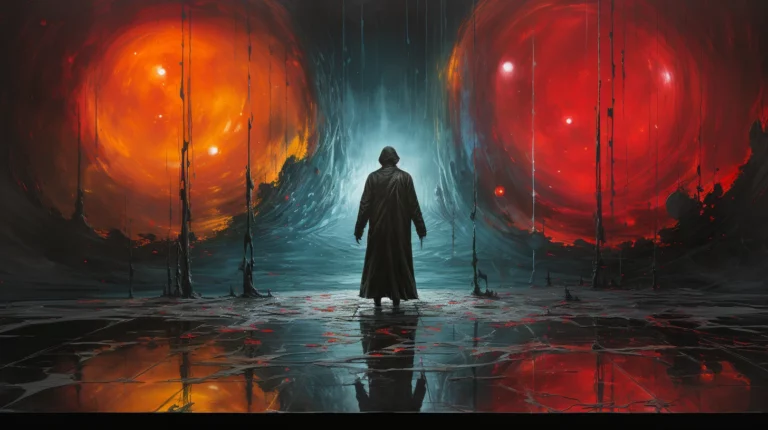Understanding Archetypes: A Look into Carl Jung’s Perspective
In the realm of psychology, few theories intrigue as much as those proposed by the Swiss psychiatrist Carl Jung, a pioneer in the field of analytical psychology. Among his many insights into the human mind, his concept of ‘archetypes’ stands out for its depth and impact on how we view ourselves and the world around us. This article aims to present a beginner’s guide to understanding Jung’s archetypes.
What are Archetypes?
Jung coined the term ‘archetypes’ to refer to the universal, primal symbols and themes that reside within what he termed the ‘collective unconscious’ — a level of unconscious shared with other members of the human species that comprises latent memories from our ancestral past. According to Jung, archetypes are inherent in all of us and have existed since the dawn of humanity. They form the basis of common patterns or themes in literature, art, mythology, and religion across cultures.
Archetypes are not readily accessible or identifiable, but they influence our thoughts, feelings, and actions in profound ways, often without our conscious awareness. They help shape our behavior and reactions and guide our understanding of the world.
Key Archetypes According to Jung
While Jung suggested that there are countless archetypes, he detailed a few key ones that have significant influence on human psychology:
1. The Persona: This is the mask we present to the world, a representation of how we want the world to see us. The persona helps us fit into society by allowing us to adapt to different roles.
2. The Shadow: The shadow is the darker, hidden part of our personality that comprises traits and impulses we choose to reject or suppress, often because they are unacceptable to society or our conscious self.
3. The Anima/Animus: These are the masculine and feminine aspects within us all. Jung believed every man has an inner ‘anima,’ reflecting feminine traits, while every woman has an inner ‘animus,’ embodying masculine traits.
4. The Self: This archetype represents the unified consciousness and unconsciousness of an individual. It embodies the individual’s striving for unity, wholeness, and self-realization.
Archetypes and Personal Growth
Archetypes play an important role in personal growth and self-understanding in Jungian psychology. By recognizing and confronting these archetypes — such as integrating our shadow into our conscious self, or balancing our anima or animus — we can embark on the journey of individuation. This process refers to the individual’s development towards self-actualization, self-knowledge, and a more profound sense of identity.
Archetypes in Everyday Life
While the concept of archetypes might seem abstract and somewhat distant from everyday life, we encounter archetypes frequently in the narratives that surround us — movies, books, and even in our dreams. Recognizing these archetypes allows us to connect more deeply with the world around us, providing a shared language of the human experience.
Conclusion
Understanding archetypes offers us a pathway into exploring the unconscious mind and its influence on our behavior, decisions, and reactions. This knowledge can lead to a deeper understanding of ourselves and others, illuminating the common threads that tie all humanity together. As we continue to explore and understand these archetypes within us, we move closer to achieving wholeness and self-realization, key goals in Jung’s vision of human psychology.

